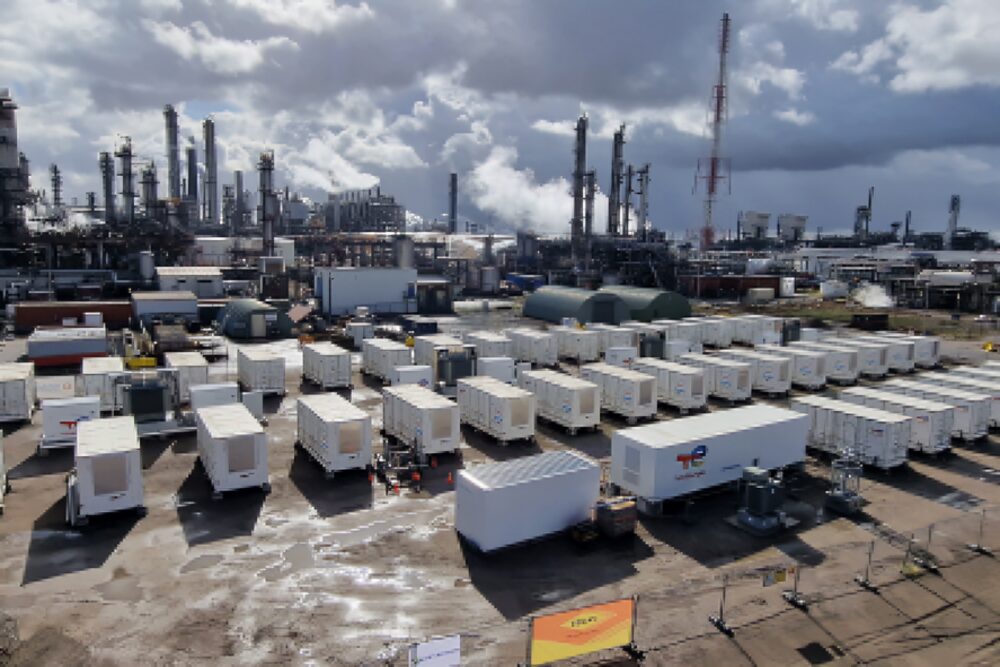
UNSW Sydney engineers have developed a new, more effective way of recycling solar panels, which can recover silver at high efficiency.
Recycling solar panels thoroughly has proven difficult up to now since the individual parts, such as glass, silicon, metals, wiring and plastic, are integrated in such a way that makes them hard to separate.
To be reused, solar panel components need to be carefully separated to avoid contamination with other materials. Manufacturers will only reuse materials that have a high purity – which has proven very hard to achieve.
That means the vast majority of solar panels could end up in landfill, rather than being recycled to the benefit of the environment.
But now a team from the ProMO lab led by Professor Yansong Shen has announced a new process which offers an effective separation of 99 per cent of PV cell particles.
“PV panels usually last for around 20 or 25 years, so given the growth in domestic solar power since the 1990s we can see there is a very pressing and urgent problem to deal with those first generation of panels that are coming to their end-of-life,” Prof. Shen says.
“Putting solar panels into landfill is a big issue because there are a number of harmful metals in the panels that can pollute the soil and pollute the water. So for environmental reasons we also need to find a better way to recycle the panels.
“At the same time, the end-of-life is a source of many valuable metals like silver if they can be properly recycled.”
According to estimates from the International Renewable Energy Agency, the cumulative PV waste volume on a global scale will reach up to eight million tonnes by 2030. And that figure soars to potentially up to 78 million tonnes of waste by 2050 as successive generations of solar panels installed at the start of the century come to their end-of-life.
The ProMO research team at UNSW calculate that between 5-50 million kilograms of silver could potentially be recycled from the cumulative waste by 2050 using their process, given that the equivalent of around 0.64kg of silver per tonne of PV waste has been recovered in tests.
Prof. Shen’s team have been working for nearly three years on developing their new processes, funded by federal ARENA and NSW EPA grants, which integrate conventional methods with a very highly abrasive separation system using the addition of sieving aids.
The first existing step to recycle PV panels involves the removal of large components such as the aluminium frame and glass sheets to just leave the solar cell.
“The next step is the crushing the panel and separation of material inside the solar cell and that is currently one of key bottlenecks for the whole system,” says Prof. Shen.
“The key to our new process is the addition of the sieving aids which help to crush the solar cells into smaller particles allowing a better separation of all the components. That makes it much easier to recover important elements such as the silver contained in the solar cells.”
Once the material has been separated, the team can employ a traditional chemical leaching, as well as precipitation to extract the specific elements such as pure silica and silver.
In tests, using their process, the researchers were able to extract 99 per cent of silver from a solar cell for potential reuse.











